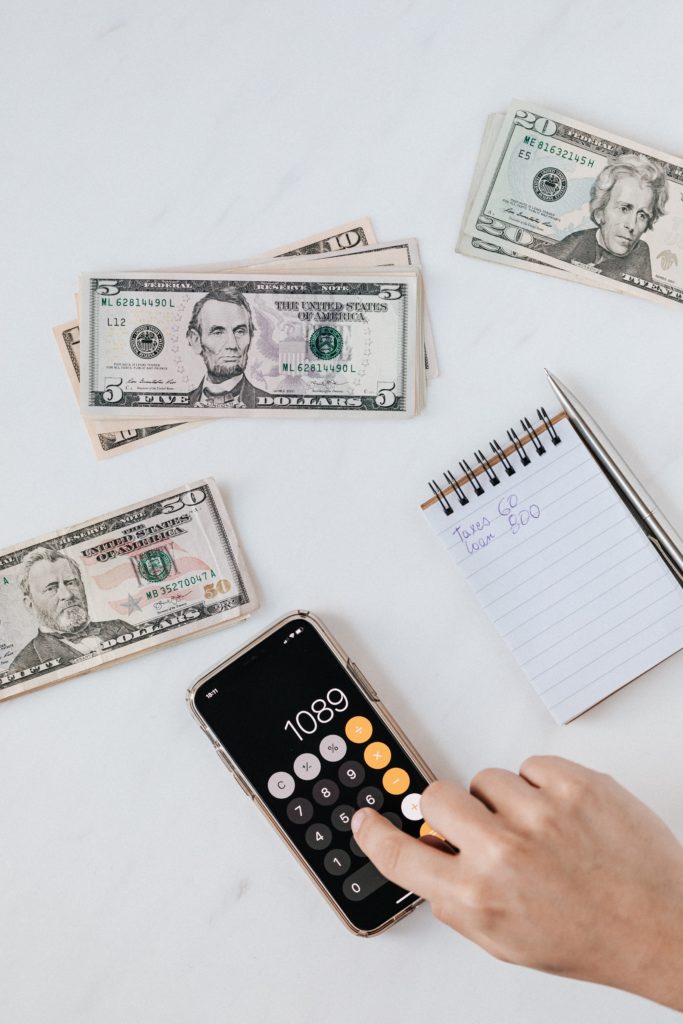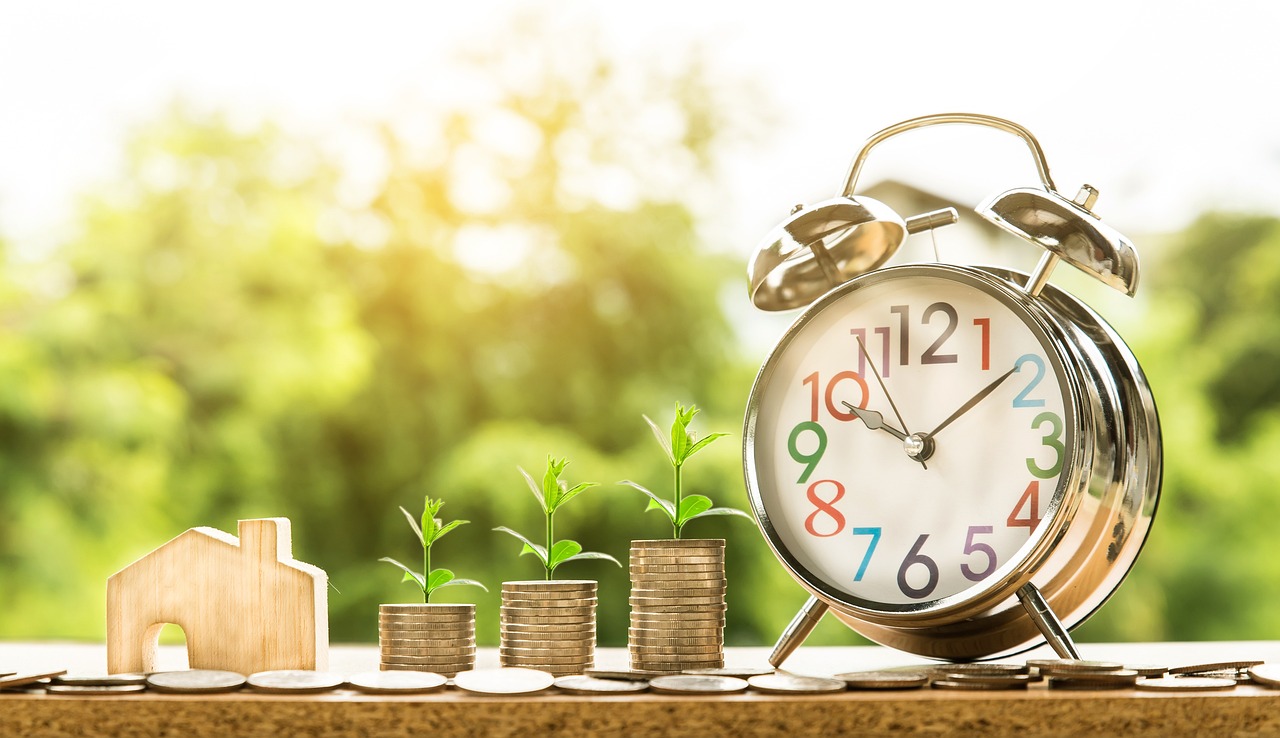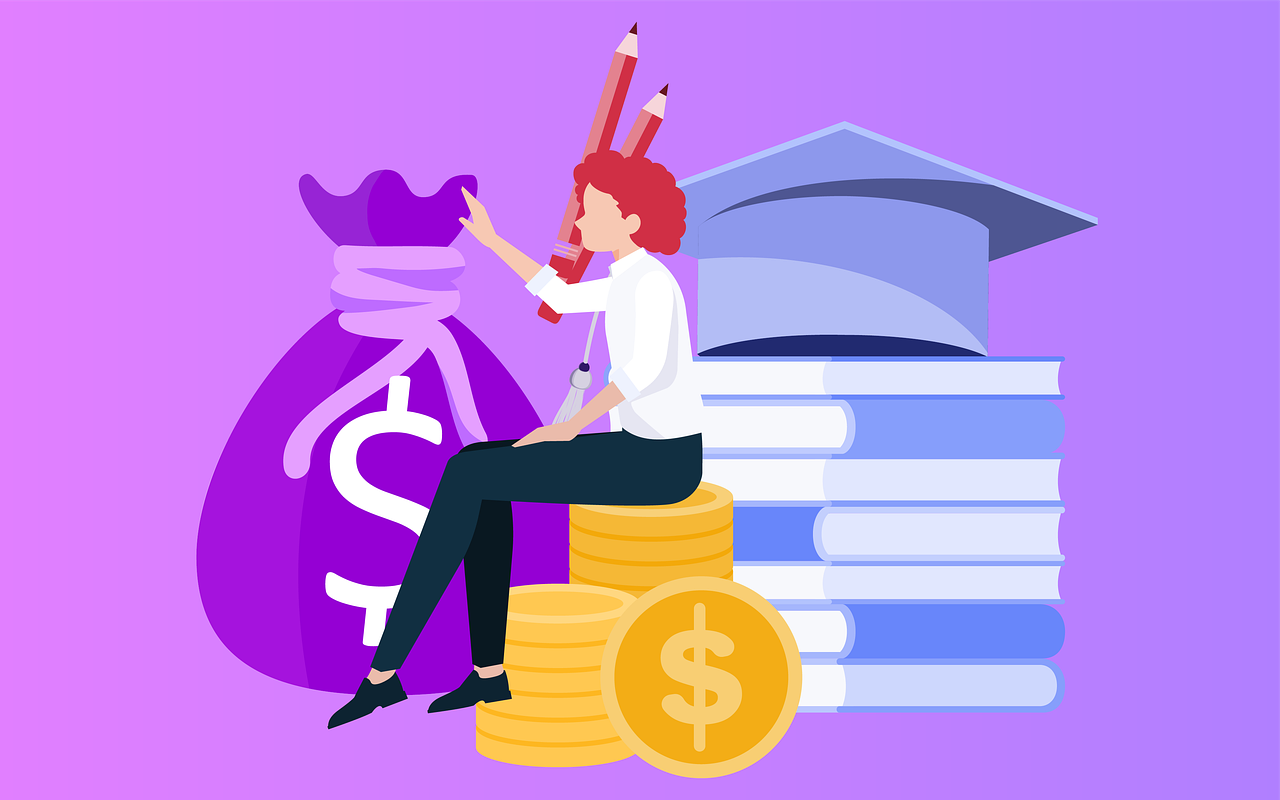Questions Answered in this Article
- What are common issues with “buy now, pay later” returns? Answer: Returns and disputes are common issues among users of these services, and dispute resolution is the most frequent complaint in the CFPB’s Consumer Complaint Database.
- How do buy now, pay later providers to handle returns? Answer: When you make a return, the refund goes to the buy now, pay later provider, who then applies it to your account. However, this process can often have a lag, which means you may still be making payments on a returned item.
- Are there protections in place for buy now, pay later returns? Answer: The buy now, pay later industry is largely unregulated, meaning that consumers may have fewer protections when it comes to missing or damaged packages compared to other financing products. Some buy now, pay later providers do offer formal protection policies to increase the chances of a refund, but ultimately, the store’s return policy takes precedence.
- What steps should be followed for making a buy now, pay later return? Answer: To make a return with a buy now, pay later provider, first check their return process and return the gift to the store, making sure to follow the store’s return policy and keep records of the transaction. Then follow up with the buy now, pay later provider as necessary, and continue making payments on the loan. If there are any issues with the return, try to resolve them directly with the provider or consider seeking help from a third party or government agency.
- What should be done if there are issues with a buy now, pay later return? Answer: If there are issues with a buy now, pay later return, try to resolve them directly with the provider. If this is not successful, consider seeking help from a third party or government agency such as the Consumer Financial Protection Bureau.
Summary
- “Buy now, pay later” options can create difficulties when trying to return items
- Returns and disputes are common issues among users of these services and dispute resolution is the most frequent complaint in the CFPB’s Consumer Complaint Database
- Buy now, pay later providers handle returns by applying the refund to the user’s account, but this process can often have a lag
- The buy now, pay later industry is largely unregulated, meaning consumers may have fewer protections when it comes to missing or damaged packages compared to other financing products
- Some buy now, pay later providers do offer formal protection policies to increase the chances of a refund, but the store’s return policy takes precedence
- To make a return with a buy now, pay later provider, first check their return process and return the item to the store, following the store’s return policy and keeping records of the transaction
- Follow up with the buy now, pay later provider as necessary, and continue making payments on the loan
- If there are issues with the return, try to resolve them directly with the provider or consider seeking help from a third party or government agency such as the Consumer Financial Protection Bureau
Navigating Returns with ‘Buy Now, Pay Later’ Financing Options
Understanding the Challenges of ‘Buy Now, Pay Later’ Returns
If you have used a buy now, pay later services such as Afterpay, Affirm, or Klarna, you are probably aware that these providers allow you to divide your purchase into smaller installments, often interest-free, while paying for the full amount on your behalf. However, this arrangement can create challenges when it comes to returns. When you make a return, the refund goes to the buy now, pay later provider, who then applies it to your account. This process can often have a lag, which means you may still be making payments on a returned item.
Another issue to consider is that the buy now, pay later industry is largely unregulated, meaning that consumers may have fewer protections when it comes to missing or damaged packages compared to other financing products. Some buy now, pay later providers, such as PayPal and Klarna, do offer formal protection policies to increase the chances of a refund, but ultimately, the store’s return policy takes precedence. If you need to make a return, it is important to first get approval from the store before contacting the buy now, pay later provider.
Laura Udis, Senior Program Manager of Small Dollar, Marketplace, and Installment Lending at the Consumer Financial Protection Bureau (CFPB), advises that “returns can be a challenge with buy now, pay later because there are specific dispute provisions that apply to credit cards that may not exist in the BNPL space depending on the lender.” However, she also notes that some providers offer voluntary protections. Kristina Elkhazin, Head of Klarna North America, emphasizes that their buyer protection policy was put in place to assure customers that they can shop safely with the app. She states, “if goods are not delivered or if there is something wrong with them, we have a clear process to help shoppers resolve any issue and ensure that no customer is unjustifiably liable to pay for a purchase.”
Following the Correct Steps for a Successful ‘Buy Now, Pay Later’ Return
If you need to make a return on a purchase made with buy now, pay later, it is important to follow the correct steps to ensure a smooth process. Here are the steps to follow:
- Check the buy now, pay later provider’s return process: Each provider has its own process for returns, which may be outlined on its website. Be sure to understand what to expect in terms of timing and any potential fees.
- Return the gift to the store: Most buy now, pay later providers will direct you to first return the item to the retailer. Check the store’s return policy and bring any relevant documents, such as a receipt or email confirmation. If you do not have a receipt, you may still be able to exchange the item or receive store credit, depending on the store’s policy.
- Keep records: It is important to keep copies of all transactions and communications related to the return, including any exchanges or issued store credit. If you mail the item back, make sure to get a tracking number.
- Follow up with the buy now, pay later provider: Some providers may require you to report the return on their website or app, while others may handle it automatically.
- Keep making payments: Even if you have returned the item, it is important to continue making payments on your buy now, pay later loan. Refunds can take some time to process, and if you miss a payment, you may be charged a late fee or other penalties. Some providers, like Afterpay, may allow you to defer a payment once you have made a return.
- Potentially file a dispute: If you do not receive a refund in a timely manner, or if the store is not accepting your return, you may need to file a dispute with the buy now, pay later provider. This may involve logging into your account and filling out an online form. Be sure to keep track of all communications and any relevant documentation.
Conclusion
In conclusion, returning items purchased using “buy now, pay later” options can be more complicated than traditional returns. It is important to be aware of the specific return process for the buy now, pay later provider being used and to follow the store’s return policy. Consumers should keep records of all transactions and communications related to the return, and continue making payments on the loan even if the item has been returned. If there are issues with the return, it may be necessary to seek help from the buy now, pay later provider or a third party or government agency.















